Summer Arrives Early, Disrupting India’s Economy
Unseasonal Heat Puts Businesses and Agriculture at Risk
A shorter winter has left Indian businesses and farms struggling to adapt. Nitin Goel, a manufacturer in the textile hub of Ludhiana, has felt the impact firsthand. For over 50 years, his family business specialized in jackets, sweaters, and sweatshirts. But this year’s premature summer has drastically reduced demand, forcing his company to pivot to t-shirt production.
"Winter is getting shorter every year. Our sales have halved in the last five years and are down another 10% this season," Goel told the BBC. The only exception, he noted, was during the Covid-19 pandemic when temperatures temporarily dropped.
Across India, the early retreat of cool weather is creating widespread economic uncertainty. The Indian Meteorological Department reported that last month was the hottest February in 125 years, with average minimum temperatures 1-3°C above normal in many areas. Forecasters predict that extreme heat and prolonged heatwaves will continue through May.
For small businesses like Goel’s, unpredictable weather patterns have done more than slow sales; they have disrupted entire business models. Retailers are now shifting risk onto manufacturers by rejecting upfront payments and adopting "sale or return" policies. This forces producers to absorb unsold inventory, further squeezing their profits.
Additionally, Goel has been compelled to offer steeper discounts and incentives to keep business afloat. "Even major retailers have failed to collect goods they had already ordered," he said. Some small businesses in his town have already closed.
Agriculture Takes a Hit
The heat has also devastated India’s agriculture sector, particularly in Devgad on the western coast, where it has wreaked havoc on Alphonso mango orchards. Vidyadhar Joshi, a farmer with 1,500 trees, expects only 30% of the usual yield this year.
"We may suffer losses," Joshi said, explaining that he has had to spend significantly more on irrigation and fertilizers to salvage his crop. Many farmers are sending laborers home due to the lack of work, further disrupting local economies.
Beyond mangoes, the extreme heat threatens staple crops like wheat, chickpea, and rapeseed. While India’s agriculture minister insists on a bumper wheat harvest, independent experts are skeptical. Heatwaves in 2022 reduced yields by 15-25%, and a repeat of that trend appears likely.
If domestic production falls short, India—one of the world’s largest wheat producers—may be forced to rely on costly imports while continuing its ban on wheat exports, initially implemented in 2022.
Rising Temperatures, Rising Concerns
The heat is also straining India’s water supply. Reservoir levels in the north have dropped to 28% of capacity, compared to 37% last year. This shortfall could affect fruit, vegetable, and dairy production, with milk yields already down by as much as 15% in some regions.
Such disruptions may drive inflation higher, challenging the Reserve Bank of India’s 4% target, says Madan Sabnavis, Chief Economist at the Bank of Baroda. Although food prices have recently eased, a prolonged heatwave could reverse that trend, affecting both rural consumption and economic growth.
India’s GDP has recently benefited from an uptick in rural demand following a seven-quarter slump. However, heat-driven setbacks in the agricultural sector could derail this recovery, especially as urban spending remains sluggish and private investments have yet to gain traction.
The Need for Urgent Action
Experts argue that India needs a comprehensive strategy to address rising temperatures. Think tanks like the Council on Energy, Environment and Water (Ceew) advocate for improved weather forecasting, crop insurance, and revised agricultural calendars that incorporate climate models to minimize risks and improve yields.
As an agrarian economy, India remains particularly vulnerable to climate change. Ceew estimates that three out of every four Indian districts are "extreme event hotspots," and 40% experience "swapping trends"—where regions traditionally prone to floods now face droughts and vice versa.
Without swift intervention, India risks severe economic and human consequences. According to Climate Transparency, a global advocacy group, extreme heat could cost India $159 billion annually by 2030 due to reduced labor productivity across industries. The nation is also projected to lose 5.8% of daily working hours due to heat stress.
The warning signs are clear: heatwaves are no longer just a seasonal inconvenience—they are a looming threat to India’s economic stability and way of life.


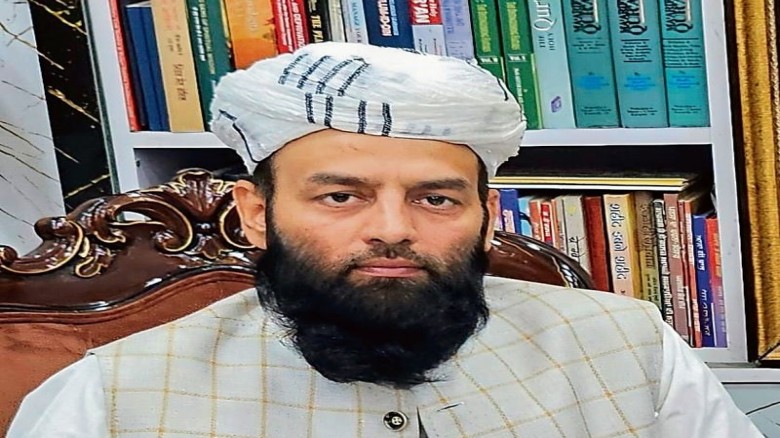
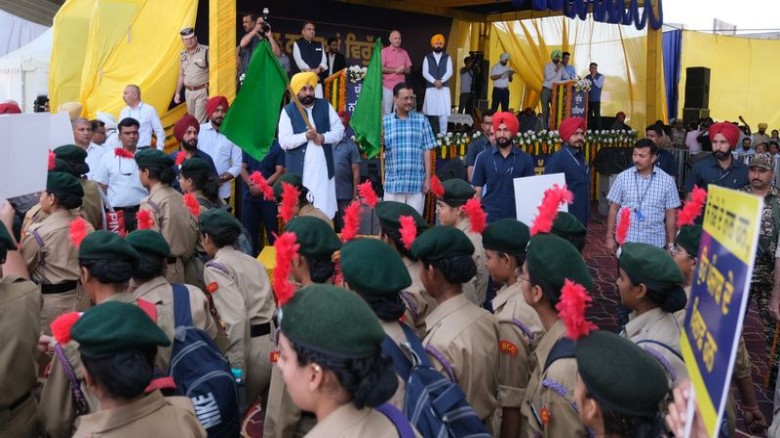
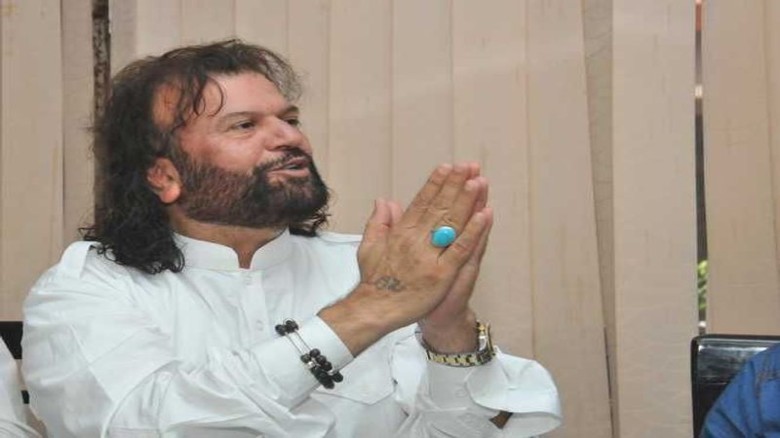

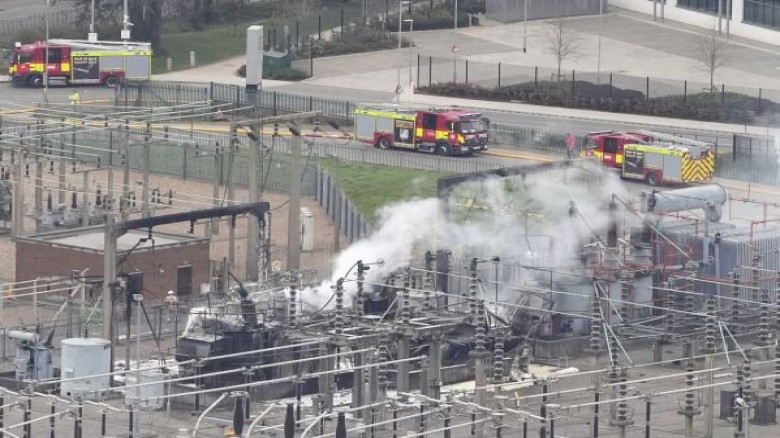








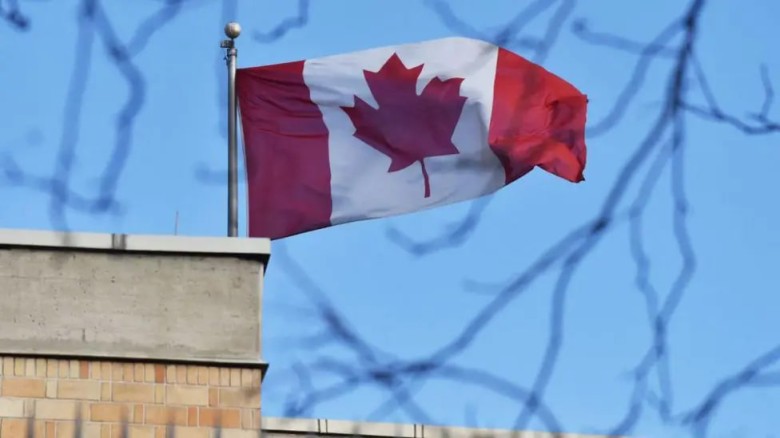
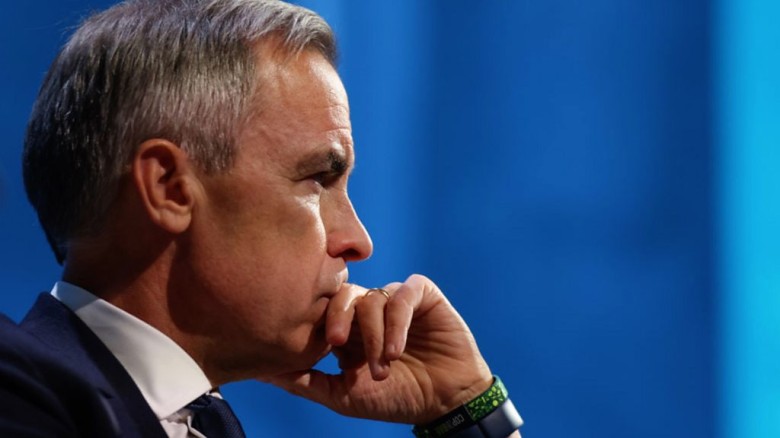






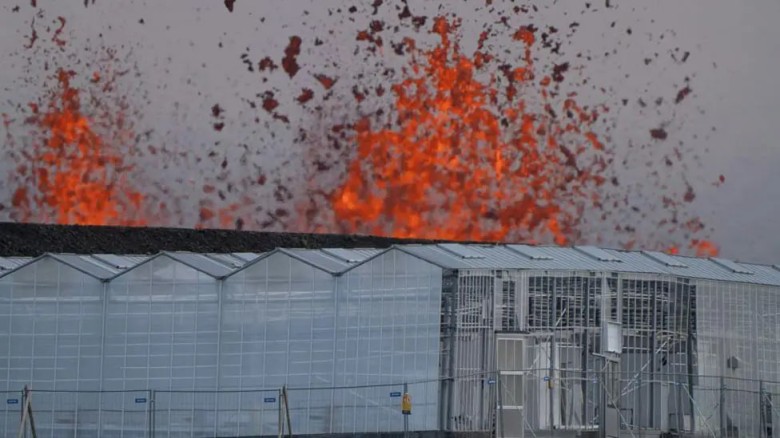

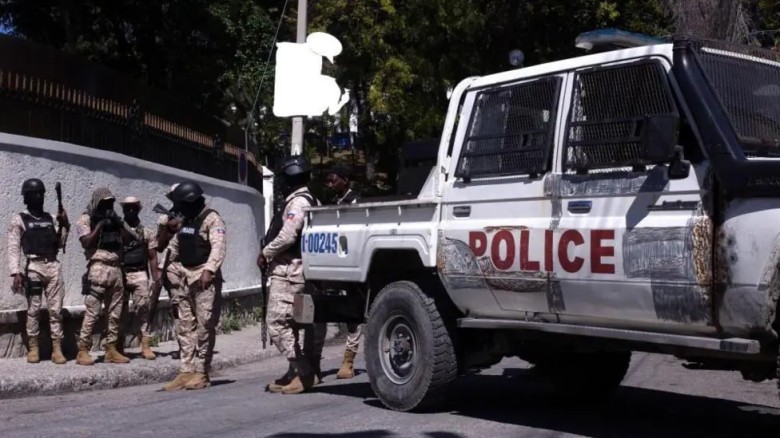
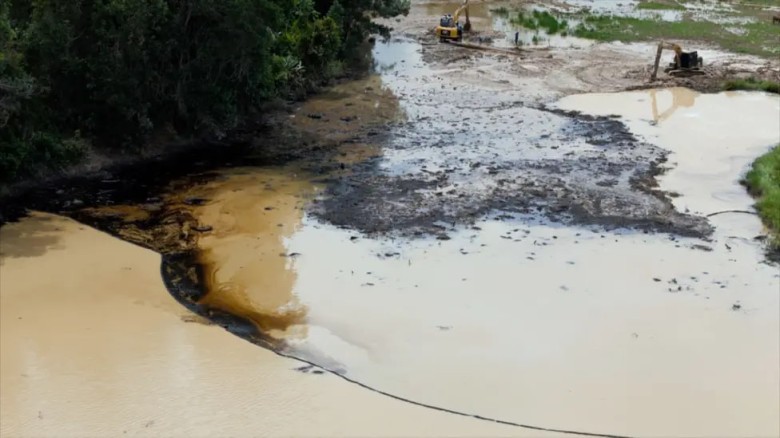
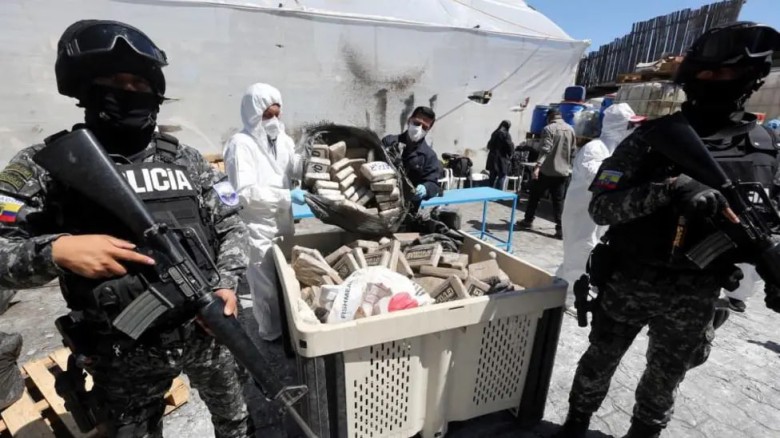



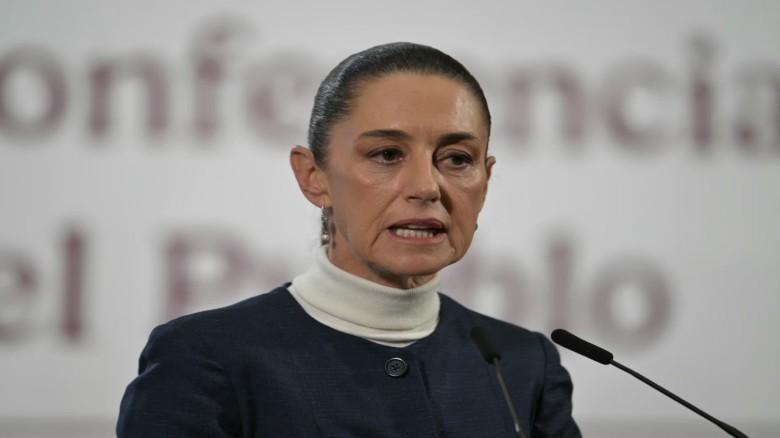


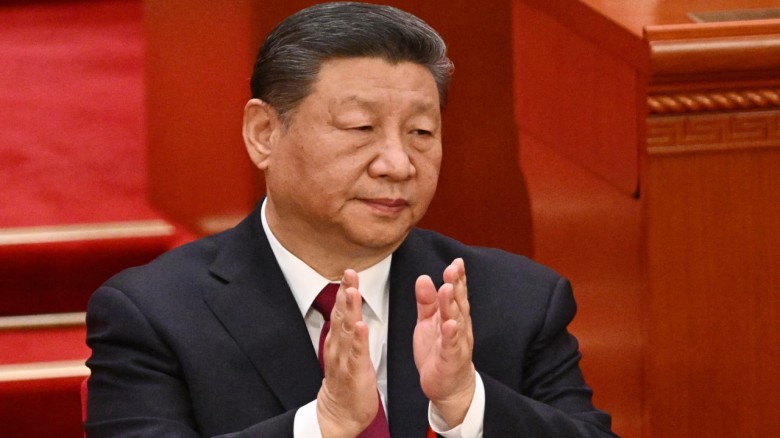
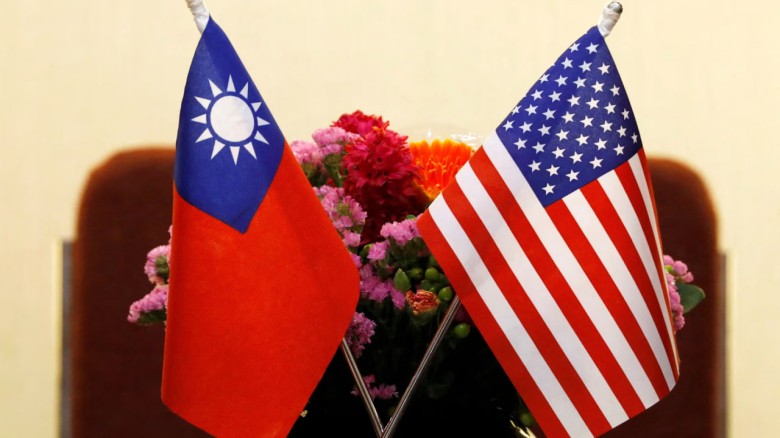



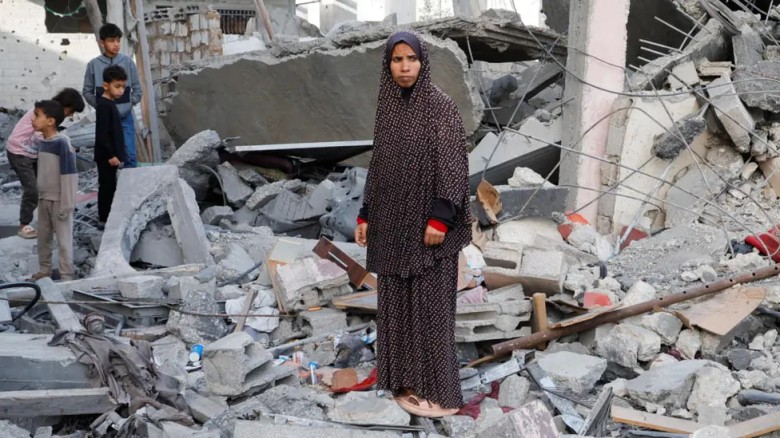
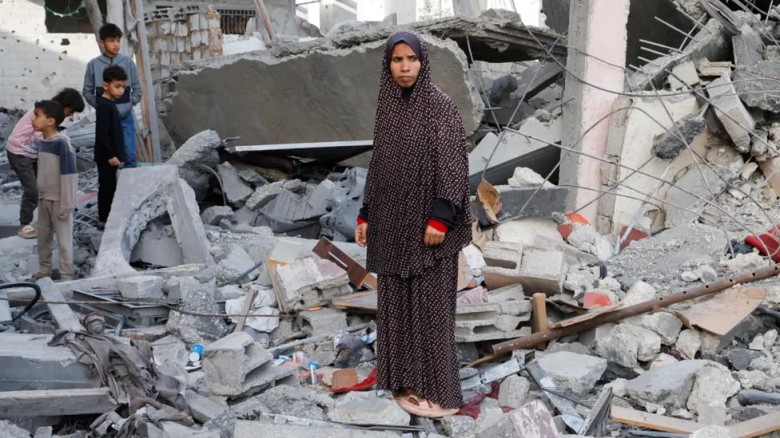

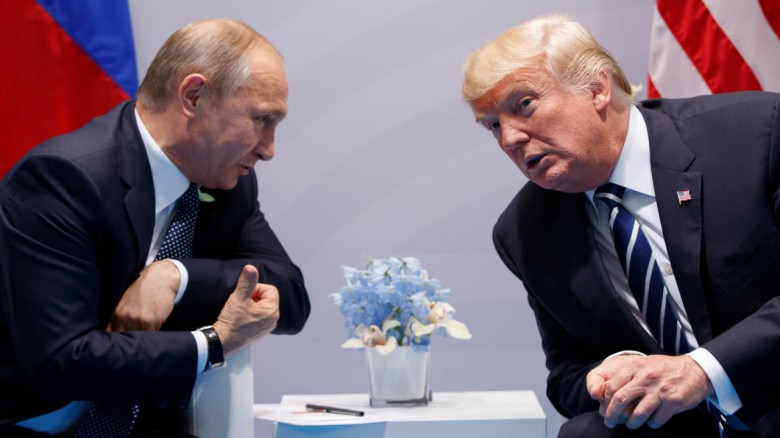

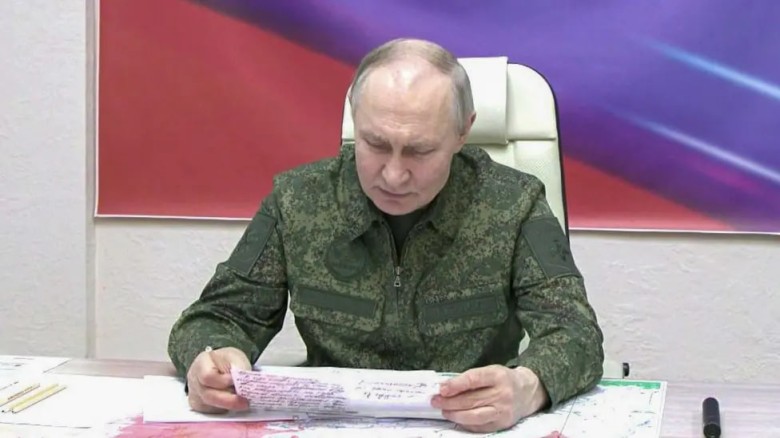




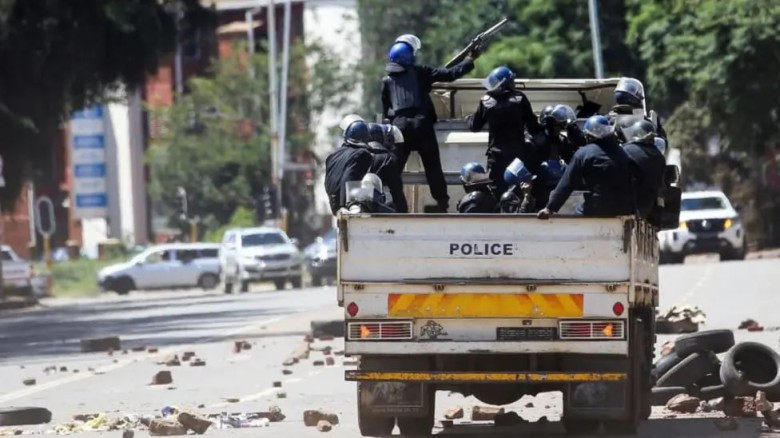



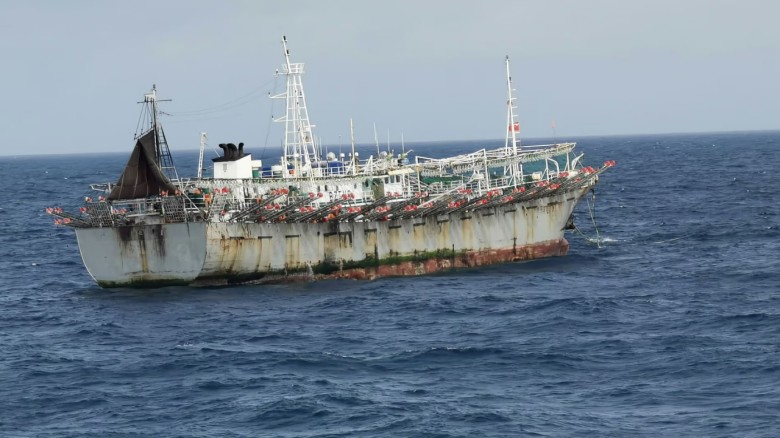


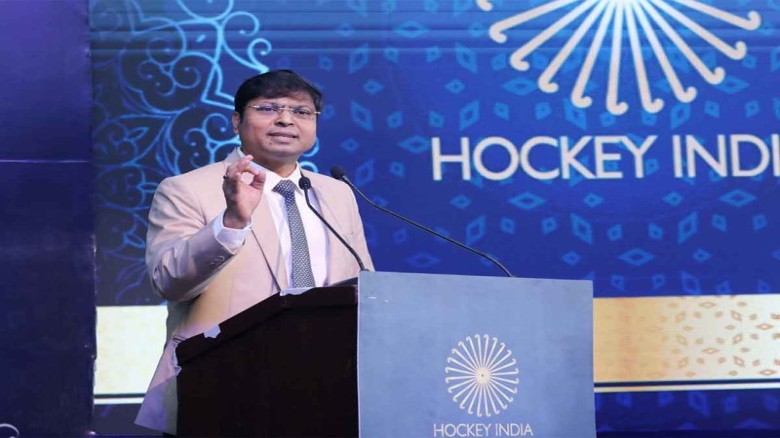









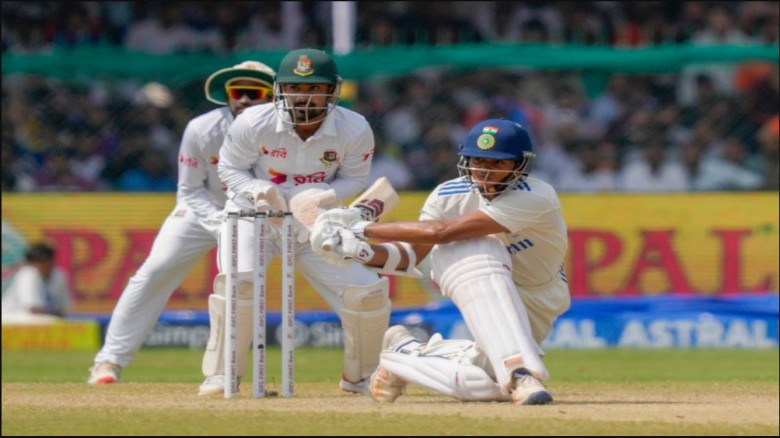



Leave A Comment